-
Why CO and O3 sensors?
04/15/2017 at 20:54 • 0 commentsCO is a colorless, odorless gas that can be harmful when inhaled in large amounts.
Ozone is a gas composed of three atoms of oxygen (O3). Ozone at ground level is dangerous for us.
In the website below, you will find more information about CO and O3, the two main air pollutants we intend to check with our device:
https://www.epa.gov/ozone-pollution/ozone-basics#what%20where%20how
-
Component update
04/15/2017 at 20:48 • 0 commentsAs we can’t find NO sensor available to order in time, we choose another one: an O3(ozone) sensor. Ozone is also a very dangerous air pollutant, among the most important.
Our goal is to make people realize their daily exposure to air pollution, especially to CO and O3, two of the main pollutants. As a result, people will be able to adapt their routes and their schedule, to reduce the pollution they breathe.
The device will be equipped with two sensors. We want to measure the level of air pollution and then link it to the position and the time, so people could check their personally exposure.
-
Air pollution
04/15/2017 at 20:39 • 0 commentsEveryone discuss a lot about air pollution, but are we well informed? In the website below, you’ll find more information about it: what is it, its causes and effects, why is air pollution an important issue…
http://eschooltoday.com/pollution/air-pollution/what-is-air-pollution.html
-
Primary pollutants
03/24/2017 at 14:24 • 0 commentsHere is a list of the primary pollutants (in big cities). It shows why we choosed CO and NOx sensors.
Adapted from airparif.fr
-
Step 1 : Components
03/10/2017 at 15:58 • 0 commentsWe made some researches, and start our first steps. What will we need?
We need a micro chip connected to Wi-Fi, 3.7 V battery and we choose two sensors: NO and CO.
They both are two of the main air pollutants in Paris.
![]()
NO sensor
![]() CO sensor
CO sensor
 PAM
PAM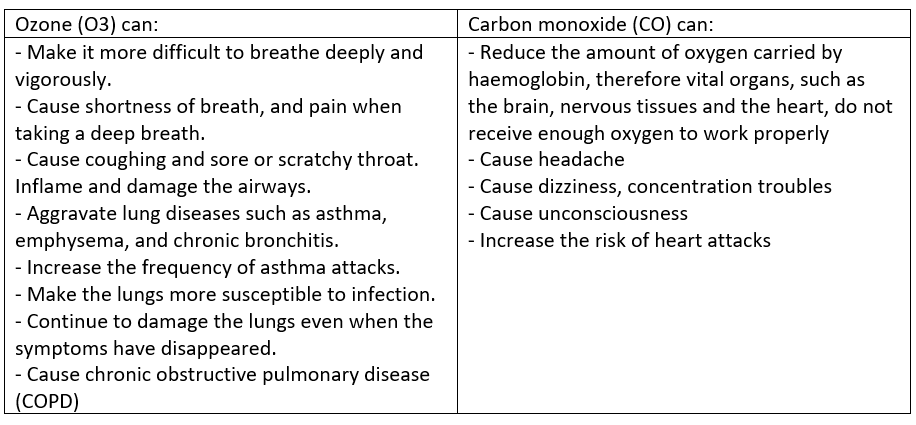
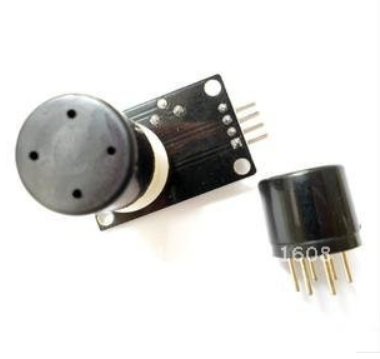
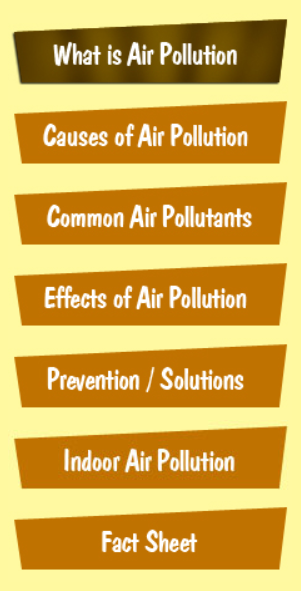
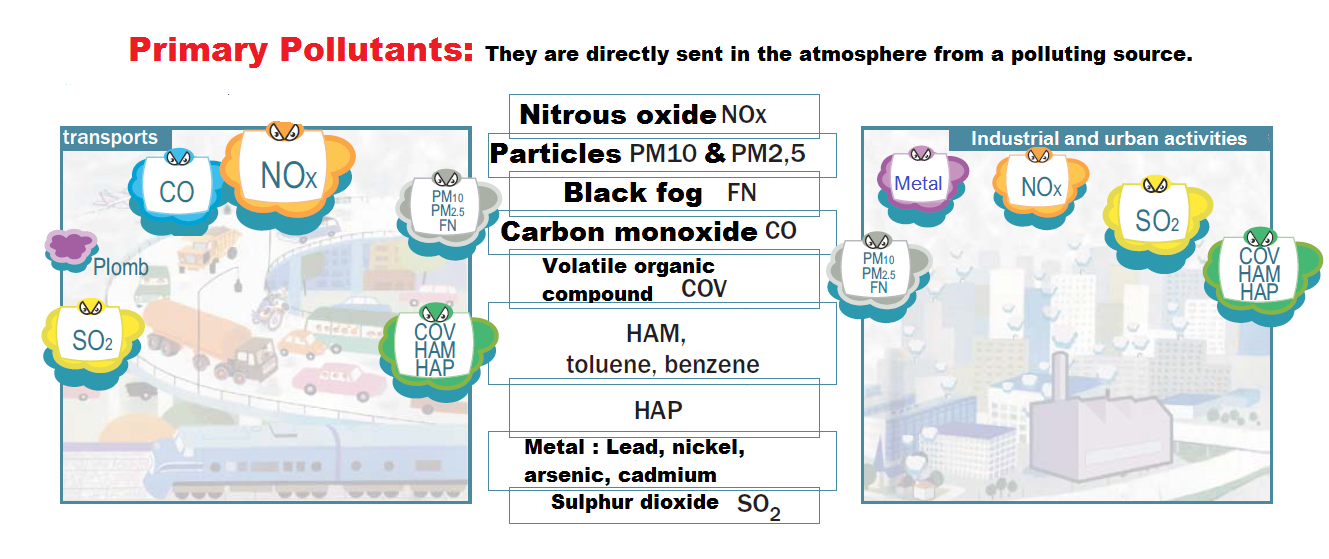 Adapted from
Adapted from 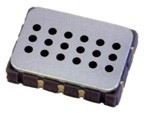
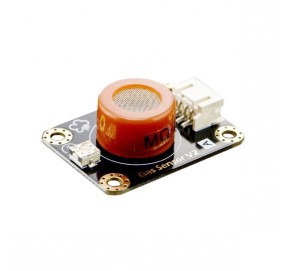 CO sensor
CO sensor